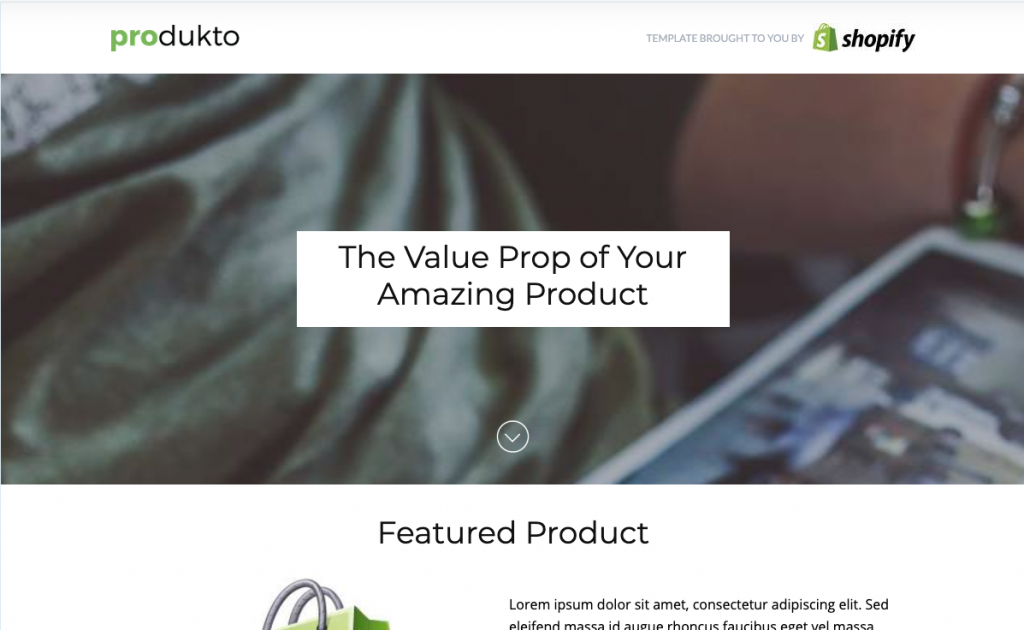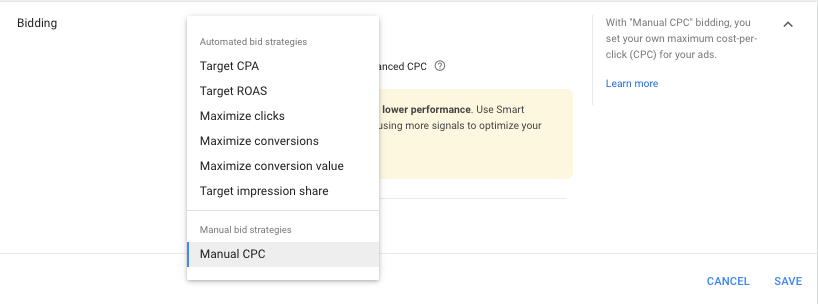As an agency, we get to see lots of different Google Ads accounts all of which come in a large variety of conditions. Some good, some bad.
There will always be many reasons behind any issues; ranging from a lack of knowledge and experience down to people just being a bit lazy.
Going beyond the basics of getting your account and campaign settings right, this post is a collection of the issues we see most frequently when reviewing or taking on new PPC accounts.
I hope this is useful and helps you to avoid making some costly mistakes on your end!
Keyword Cannibalisation
We’ll start with the biggest! Nine times out of ten, with every account we work on there is usually at least some degree of keyword cannibalisation going on.
This is when keywords have been placed in multiple campaigns or ad groups, which then leads to the advertiser competing against themselves in the auction.
It’s a bit like finding your dream item on eBay, and then bidding against yourself from multiple accounts to raise the price. You wouldn’t do it would you. In the same sense, don’t bid against yourself in search!
To avoid this, make sure you’ve got a well thought through campaign structure with a clear negative strategy to help avoid any potential cross-over. It really does all start with having a solid plan.
If you’re worried about potentially suffering from this issue, the Google Ads Editor has a handy tool to help you find duplicate keywords.
Another great exercise is to regularly run through your search query reports to make sure people are being guided via the correct ad groups, but also that you aren’t suffering from any overlap.
Neglecting landing pages
This is quite an easy mistake to make. When you’re running a PPC account, it’s so tempting to get your mind stuck within the walls of Google Ads. Totally understandable given how much you have to think about!
However, it’s a complete no brainer that in order for your campaigns to be successful, you need to drive traffic to a high quality and well optimised landing page. No matter how good your campaigns are, if your landing page doesn’t convert then all that work will be for nothing. Nadda.
Depending on the technology stack that you’re working with, testing out landing pages can sometimes be a little tricky. As such, you’ll need to have an understanding of what can and can’t be done before you get started.
If you are struggling to get things moving with landing page tests, it could be worth looking at software such as Unbounce or Lead Pages.

Just a word of warning, it’s far easier to get these working for lead gen campaigns than it is for ecommerce testing (mainly due to tracking limitations). If you’re working on an ecommerce account then make sure you discuss landing pages as an item within the onboarding phase. Always know what you’re dealing with.
Spreading your budget too thin
Again, this is a pretty big one and very common.
The general premise is that budgets will only go so far, and as such you need to make sensible decisions on how to spend your money efficiently. If you’re limited on spend then you must make sure you’re spending on what is working.
So often when we look at an account the budgets are spread so thinly that the areas that are actually working hardly get a look in. Usually this is due to the age old marketing crime of trying to be everything to everyone.
PPC just doesn’t work like this – normally you’ll find success in specific pockets of your offering, where the competition and product / service selection sits just about right to make things work.
As such, if you have a limited budget then you don’t need to advertise your entire product catalogue. Just focus on the areas that produce a good ROI, and try to maximise the spend in those places.
A great yard stick to look at here is % impression share. If your impression share is low across all campaigns, you know you’re asking too much from the budget you have available. As such, the best advice is to dial back on your structure and try to focus on the strongest areas of your campaigns.

Messy account structures
The majority of the points above all rely on carefully planning out your account structure before getting started.
A good account structure is core to everything – it will make your ongoing management tasks far easier, but also getting clear snapshots of performance is far easier.
Typically account structure issues sit on two extremities; they are either far too complex with hundreds of campaigns or overly simple, with everything crammed into one campaign.
When you’re planning out your account structure, here are a handful of things you may want to consider:
- Where will I need the most control moving forwards?
- Which business areas / products will I need to split when looking at performance?
- Where are my biggest potential areas of keyword overlap?
- How much budget do we have vs. traffic potential?
- Are there any key events / seasonality I will need to respond too?
Obviously there are a lot more areas to consider and every business will need a tailored approach, however asking the questions above should give you a clear starting point.
Automated bidding with too little data
With AI and related topics having more buzzwords than one can care to think of, and Google Ads move towards more and more automation, it’s very tempting to go down this route without really considering the practicality of your decisions.
If you’re going to go down the route of using automated bidding strategies based on conversion data (i.e CPA bidding, eCPC, Target ROAS etc), you need to give Google Ads enough data to help them make their decisions.
Using automated bidding is like everything else – crap in, crap out. Google recommend a minimum of 15 conversions per campaign per month, however in reality you’ll want a fair amount more than this to get things working reliably.

We’ve seen accounts using CPA bidding or set to ‘maximise conversions’ with almost no conversions at all. As a result, bidding is going to be all over the place when actually you’d be better off starting with manual bids until things get going on the conversion front.
Another common issue with automated bidding strategies is when accounts are using incorrect conversion data. If you’re considering testing automated bidding, just make sure you know what data you’re feeding into the machine.
Hopefully this has been insightful – what common mistakes do you see?



